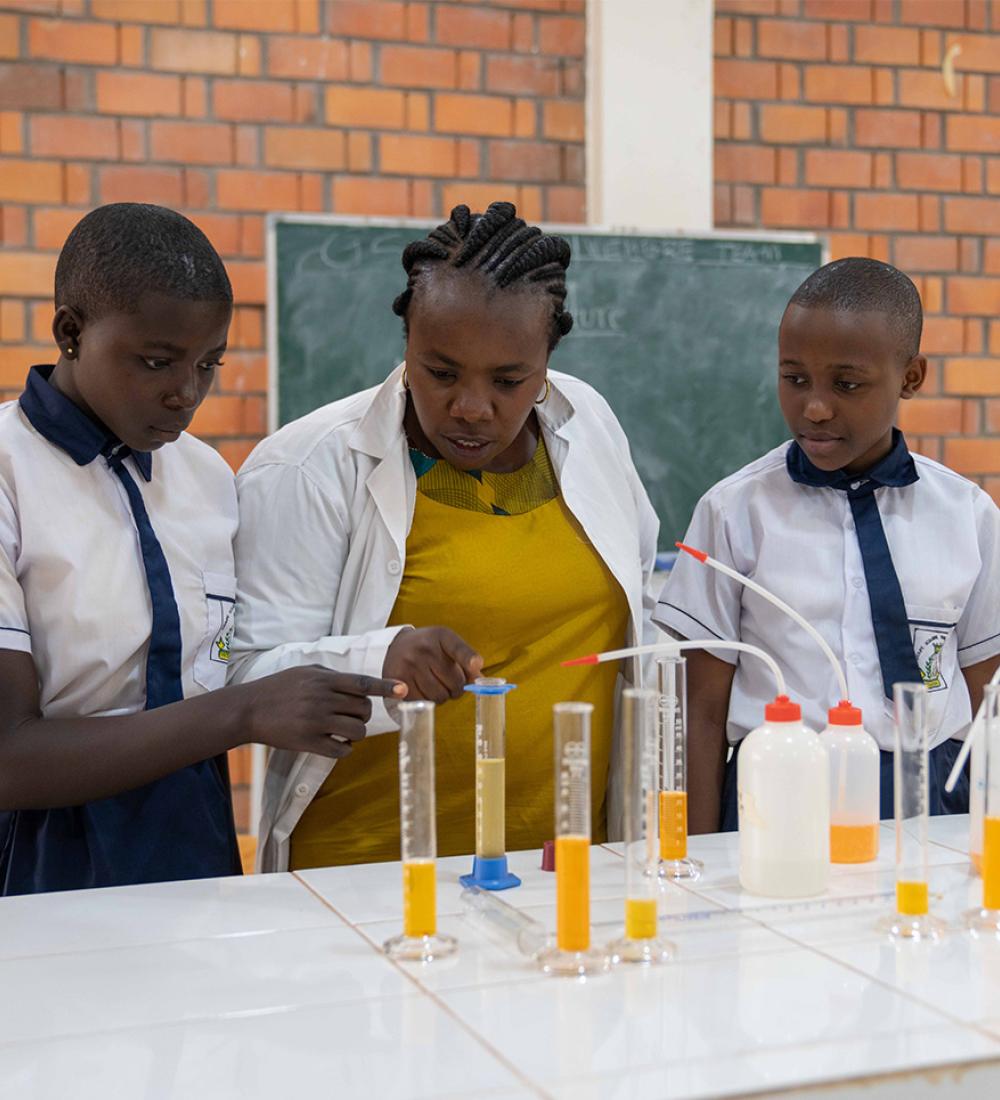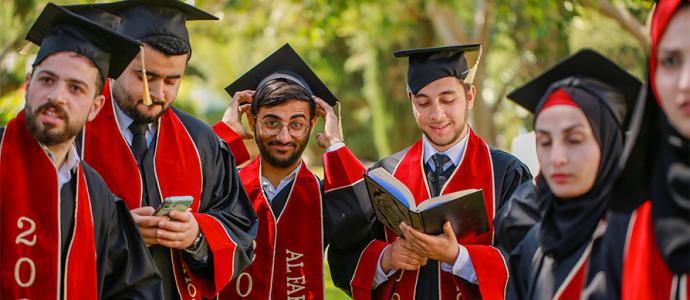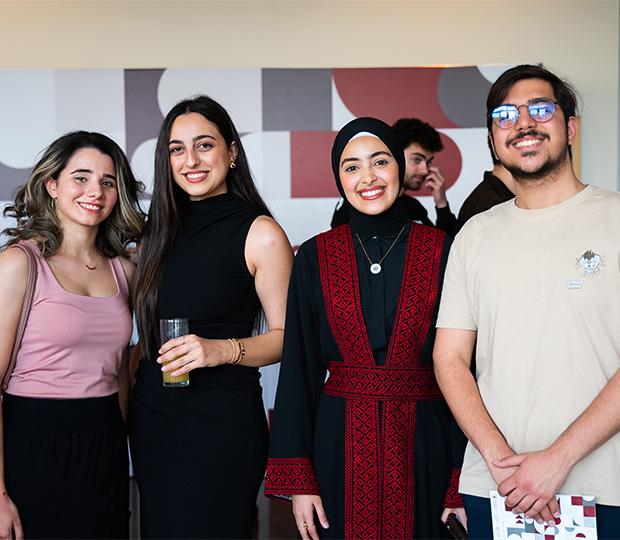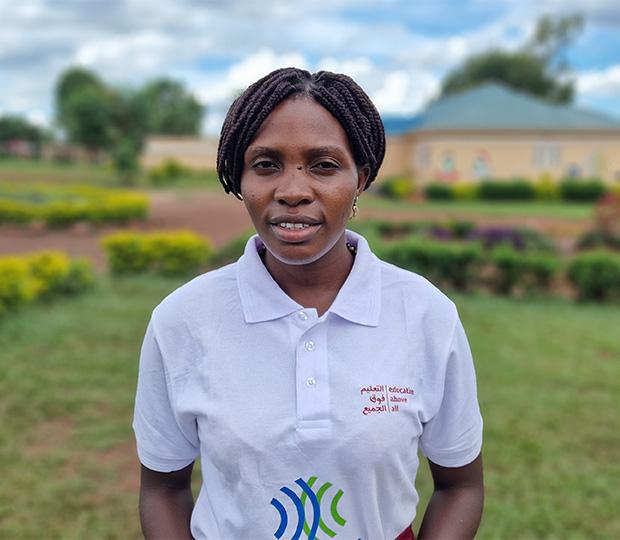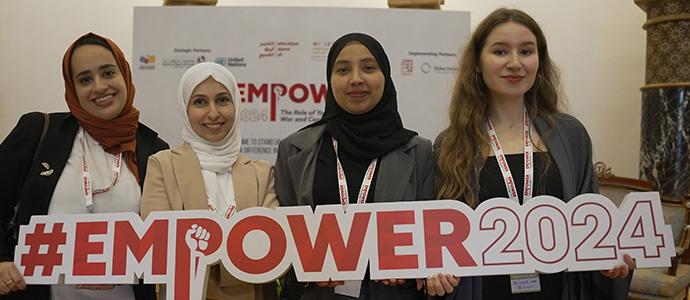Challenges and Reality
By John Ovans
Here are some facts about global education: approximately 57 million children at primary school-level are currently not being formally educated. Around 54% of these children are girls, and 24 million have a disability. Such enormous, distressing statistics are difficult to grasp, but a new series of photographs by the renowned photo-reporter Maher Attar, documenting education across four continents, ascribes faces to the figures.
Attar is currently the Director of the Photo Library in the office of HH Sheikha Moza bint Nasser in Qatar, the founder and driving force behind Educate A Child, a programme of Education Above All Foundation supporting more than 25 educational projects across Africa, Asia, South America and the Middle East. EAC is aiming to reduce the number of children not in school by 2015, seeking to provide them with a fundamental right: the opportunity to learn. The work of the foundation resonated deeply with Attar, and he subsequently spent four months travelling across India, Bangladesh, Kenya, Haiti, Brazil, Ivory Coast, Sudan and Lebanon to capture on film the plight of children in poverty-stricken, and often very remote, regions.
“In each country you have thousands of stories and mentalities,”
Attar says, attesting to the scale of the problems and obstacles being faced, whether in the cactus forests of Haiti, the slums of India or refugee camps in Lebanon. With this in mind came the name of the exhibition and forthcoming book, Challenges and Reality. The images themselves are inevitably arresting, with the ‘Challenges’ delineated sometimes quite literally by subjects such as a young Indian girl with no arms, writing with her feet - an individual who Attar was particularly moved by - or children in Kenya who travelled more than 30 kilometres to school. The ‘Reality’, depressingly, is that nothing appears to be shifting, although the work of the EAC hopes to change that.
In parallel with the concrete objectives of EAC – enabling millions access to a full course of primary education through cost-effective and sustainable solutions – Attar is able to offer the direct and powerful support of visual impact to raise awareness, citing the work of Brazilian photographer Sebastião Salgado, most famous for his social documentary photographs in Third World nations, as particular inspiration. He says himself that conclusions are difficult to draw about how to tackle an issue so entrenched in crippling poverty, but believes that in such countries where education is being denied, “the important thing is to educate more people who believe in such a process.”
As a former war photographer, Attar was well-positioned to deal with an issue as emotionally galling as this one. “When I work with a Leica camera, it’s a very silent camera – you don’t hear it,” he says.
“My style of photography, they call me a spy. But what I like to do is more [to do with] testimony. I like to be a witness, not as a photographer. I let people forget me, and this is how I catch the image.”
Emotional disengagement is something strongly associated with successful reportage, but Attar feels strongly aware of his ability both as a photoreporter and individual, to effect change.
“I feel that we should all participate in problems like this somehow and my participation is to show in a book, to the world, the needs of these children.”
The book, ‘Challenges and Reality’, published by Art & Privilège Editions, will be out in September 2015, the same month Educate A Child hopes to hit its target of 10 million more children back in primary school education. The book will be followed by an international photo exhibition.
source: Interview by John Ovans, published in issue #27 (Autumn 2014) of 'SELECTIONS' Magazine available here.







